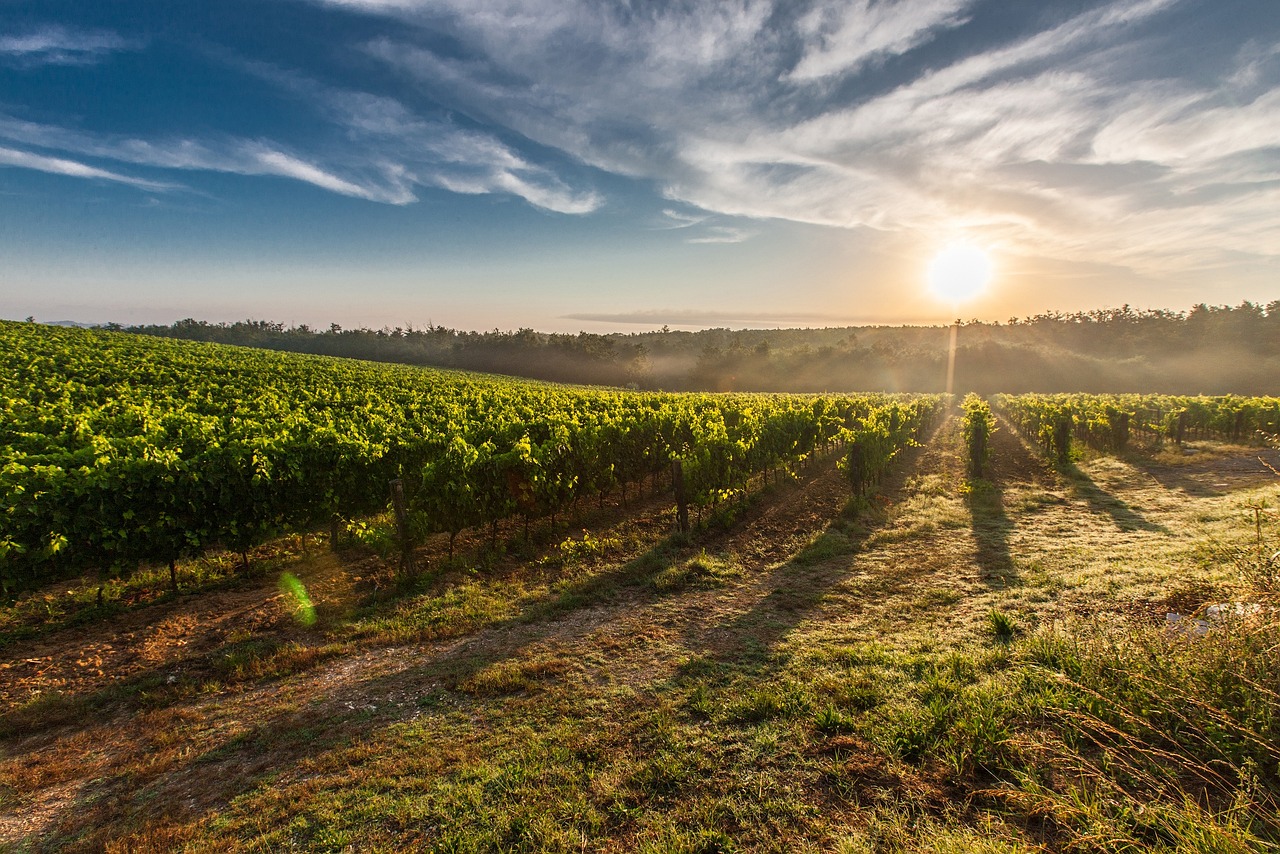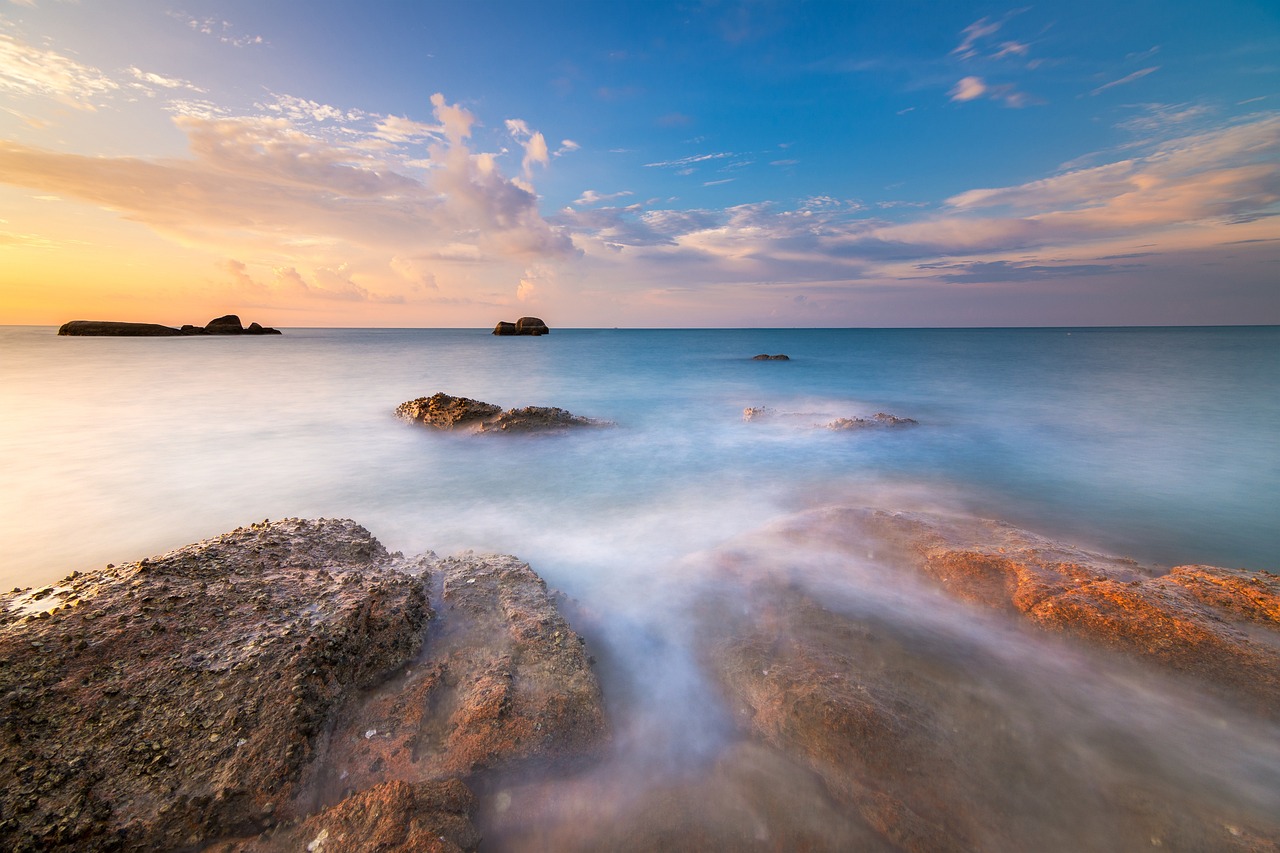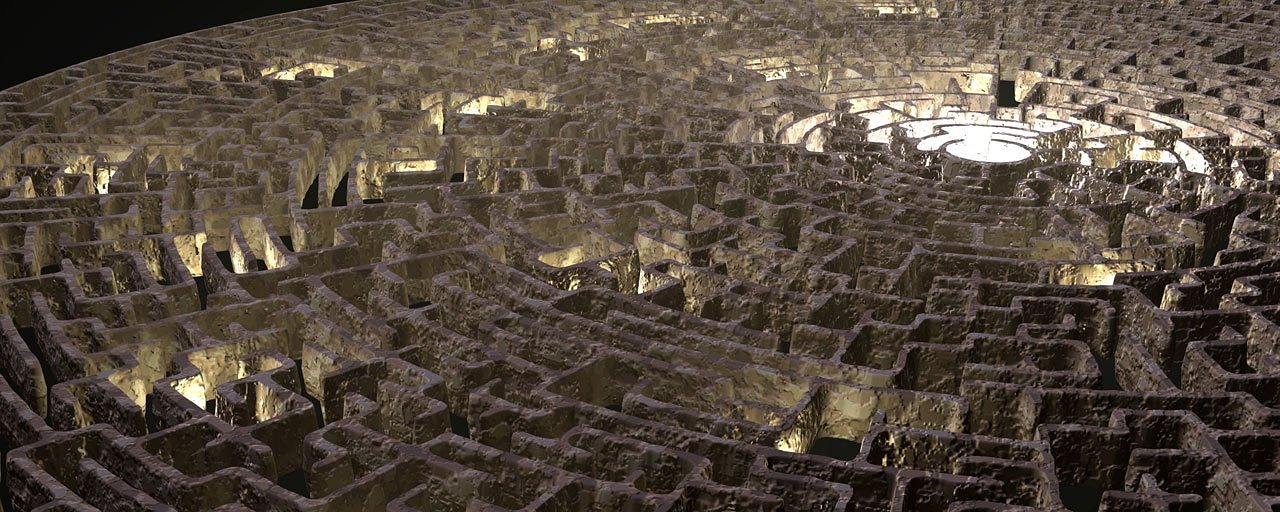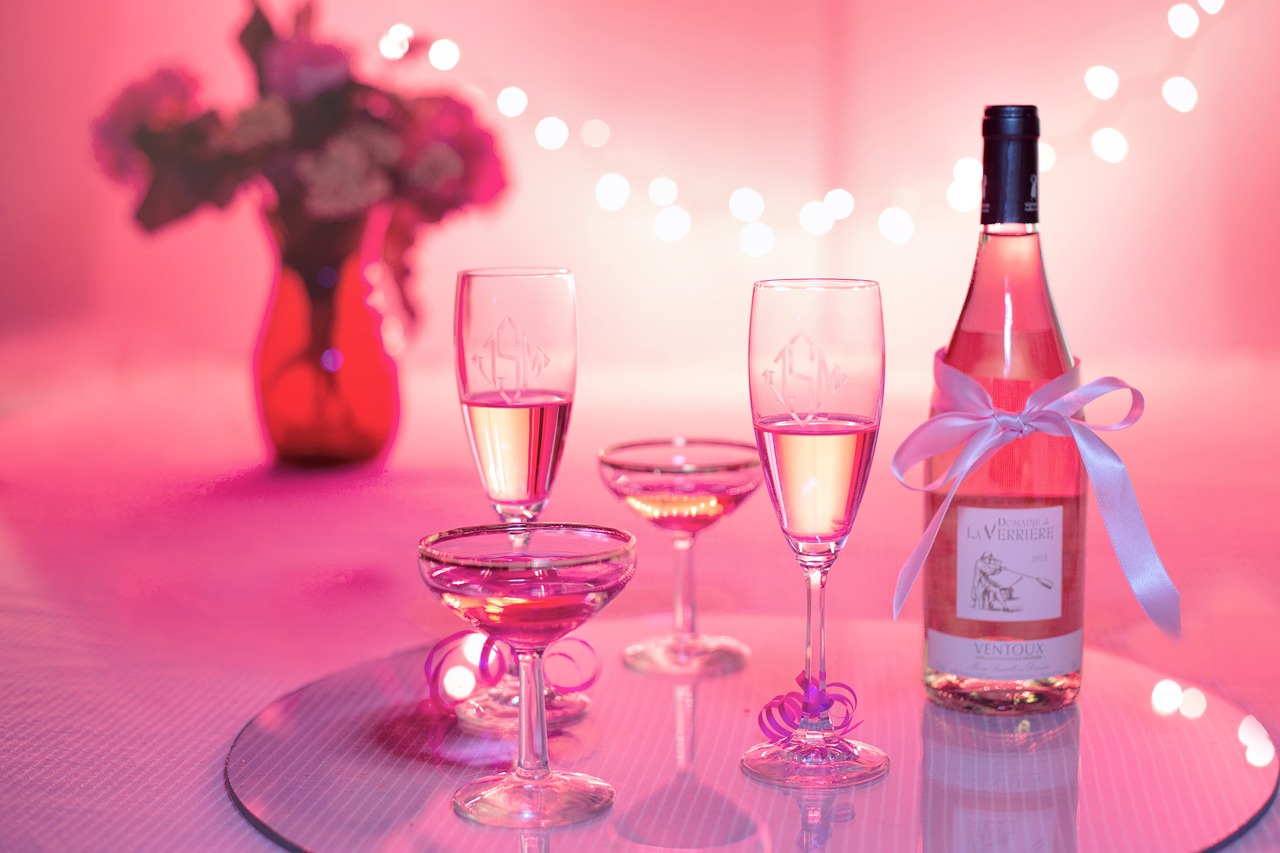Champagne is a sparkling wine that is synonymous with celebration and luxury. It is produced using a unique and meticulous process that sets it apart from other wines. In this article, we will delve into the traditional champagne making process, step by step, to understand how this iconic beverage is crafted.
The Vineyards and Grape Harvesting
The journey of champagne begins in the vineyards of the Champagne region in France. Champagne is made primarily from three grape varieties: Chardonnay, Pinot Noir, and Pinot Meunier. These grapes are cultivated with great care, and their flavors contribute to the complexity and character of the final product.
Champagne grapes are harvested by hand to ensure the grapes remain intact and undamaged. This labor-intensive process requires skilled vineyard workers who selectively pick the grapes at the optimal level of ripeness. The grapes are then transported to the winery to initiate the winemaking process.
Pressing and Fermentation
Once the grapes reach the winery, they undergo a gentle pressing to extract the juice. The pressing is done in a way that separates the juice from the skins and seeds, as Champagne is primarily a white wine, despite the inclusion of some red grapes. The extracted juice, also known as must, is transferred to fermentation vessels.
The first fermentation of Champagne takes place in stainless steel tanks or oak barrels. Yeast is added to the must, and it consumes the natural sugars, converting them into alcohol. This fermentation process typically lasts for a few weeks and creates the base wine, which is low in alcohol and high in acidity.
Related: How to make bitter wine sweet?
 Vineyards in Champagne region
Vineyards in Champagne region
Blending and Secondary Fermentation
After the base wines have undergone their initial fermentation, the art of blending begins. The goal is to achieve a consistent and balanced flavor profile across different batches and grape varieties. Blending allows winemakers to harness the unique characteristics of each grape variety and create the desired house style.
Once the final blend is determined, a mixture of sugar and yeast, known as liqueur de tirage, is added to the base wine. The wine is then bottled, and a crown cap is tightly sealed to initiate the secondary fermentation. This fermentation happens inside the bottle, trapping the carbon dioxide produced by the yeast. It is this trapped carbon dioxide that gives champagne its signature effervescence.
Related: How to ship wine glasses?
 Champagne blending process
Champagne blending process
Aging and Riddling
After the secondary fermentation, the champagne enters a period of aging, which can last anywhere from 15 months to several years. During this time, the yeast cells from the secondary fermentation break down, releasing complex flavors and aromas into the wine. The longer the aging process, the more developed and refined the champagne becomes.
To remove the yeast sediment, a process called riddling is employed. The bottles are placed upside down in pupitres, special racks that hold the bottles at a 45-degree angle. Over time, the bottles are gently rotated and gradually tilted more vertically, allowing the yeast sediment to settle in the neck of the bottle. This process is traditionally done by hand, although mechanical riddling is also used today.
Disgorgement and Dosage
Once the riddling process is complete, the yeast sediment needs to be removed. The neck of the bottle containing the sediment is frozen, and when the cap is removed, the pressure in the bottle expels the frozen sediment plug, a process known as disgorgement.
After disgorgement, a small amount of wine is lost from the bottle. To compensate for this loss and adjust the sweetness level, a dosage is added. The dosage is a mixture of wine and sugar, and the amount added determines the sweetness of the final champagne. The bottle is then sealed with a cork and wire cage to secure the pressure inside.
Related: How to cover wine bottle without cork?
 Champagne riddling process
Champagne riddling process
Maturation and Enjoyment
After dosage, the champagne enters the final stage of maturation, where it continues to develop and integrate its flavors. This maturation period, which can last for months or even years, allows the champagne to reach its peak complexity and balance.
Once the winemakers are satisfied with the maturation, the champagne is ready to be enjoyed. Bottles are carefully labeled, and they are stored horizontally to keep the cork moist and maintain the quality of the wine. When it’s time to celebrate, the cork is popped, and the effervescent liquid pours into the glass, bringing joy and sparkle to any occasion.
Related: What are Wine Legs?
 A glass of sparkling champagne
A glass of sparkling champagne
In conclusion, the traditional champagne making process involves meticulous attention to detail and a series of carefully orchestrated steps. From the vineyards to the cellars, each stage contributes to the creation of this iconic sparkling wine. The result is a beverage that embodies celebration, elegance, and the artistry of winemaking.

